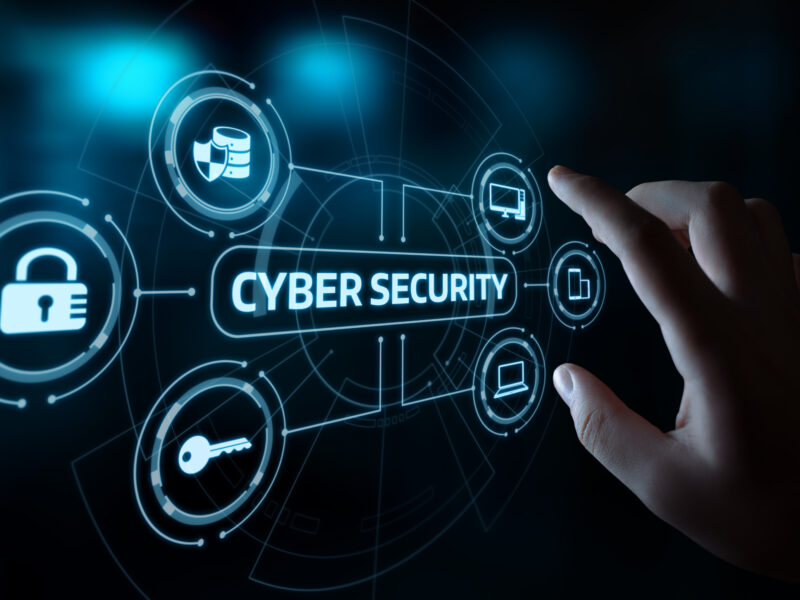In today’s interconnected digital landscape, the importance of cybersecurity cannot be overstated. As we navigate the vast expanse of the internet, we expose ourselves to potential cyber threats that can have far-reaching consequences. This article aims to delve into the critical significance of cybersecurity and provide practical tips for safe internet usage.
Understanding Cybersecurity Threats

The Ever-Present Risks
The digital realm is rife with threats such as malware, phishing attacks, ransomware, and more. Cybercriminals are adept at exploiting vulnerabilities, making it crucial for individuals to be aware of the risks.
Real-Life Examples
Illustrating the gravity of cyber threats with real-life examples serves as a stark reminder of the potential harm. Recent incidents emphasize the need for robust cybersecurity measures to protect personal information and sensitive data.
Tips for Safe Internet Usage

1. Strong Passwords: Fortify Your Digital Fortress
Creating strong and unique passwords is the first line of defense against unauthorized access. Utilize a combination of uppercase and lowercase letters, numbers, and symbols. Consider employing a reputable password manager to enhance security.
2. Regular Software Updates: Patching the Holes
Frequently updating operating systems, antivirus software, and applications is akin to patching potential security holes. Software updates often include essential security patches that protect against emerging threats.
3. Beware of Phishing Attacks: Navigating the Deceptive Waters
Phishing attacks are becoming increasingly sophisticated. Recognizing and avoiding suspicious emails, messages, and websites is paramount. Be cautious and verify the authenticity of unexpected communications.
4. Use Secure Networks: Fortifying Your Connection
Connecting to secure and trusted networks reduces the risk of unauthorized access. Avoid using public Wi-Fi for sensitive transactions, as these networks can be susceptible to cyber intrusions.
5. Enable Two-Factor Authentication (2FA): Adding an Extra Layer
Enhance your security posture by enabling 2FA wherever possible. This additional layer of authentication significantly reduces the risk of unauthorized access, even if passwords are compromised.
6. Regular Backups: Safeguarding Your Digital Assets
Regularly backing up important data is a proactive measure against potential data loss due to ransomware attacks or hardware failures. Ensure that backups are stored securely.
Educational Resources

To stay informed about cybersecurity trends and best practices, explore reputable online resources, blogs, and courses. Stay vigilant and continuously educate yourself to adapt to evolving cyber threats.
For more in-depth information on specific aspects of cybersecurity, explore the related blogs on Kihikila.in.
Conclusion
In a world dominated by digital interactions, prioritizing cybersecurity is not just a choice; it’s a necessity. By implementing these tips for safe internet usage, individuals can navigate the online landscape with confidence and resilience against cyber threats. Safeguard your digital presence, and remember: a secure digital future starts with you!












